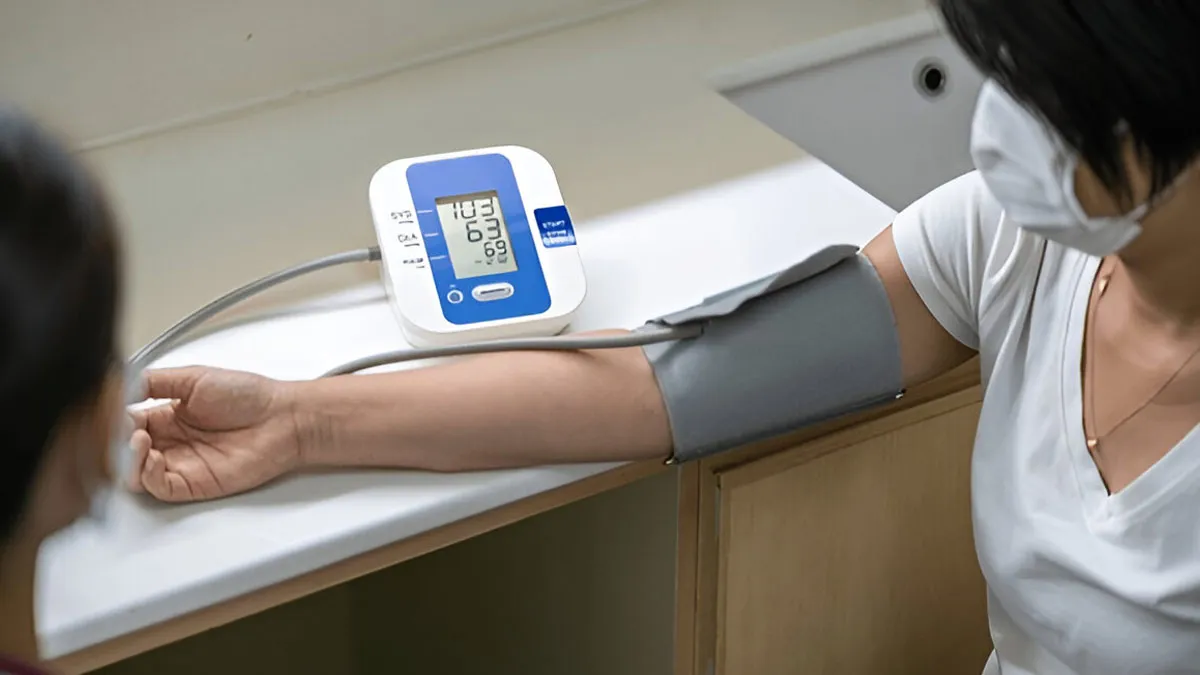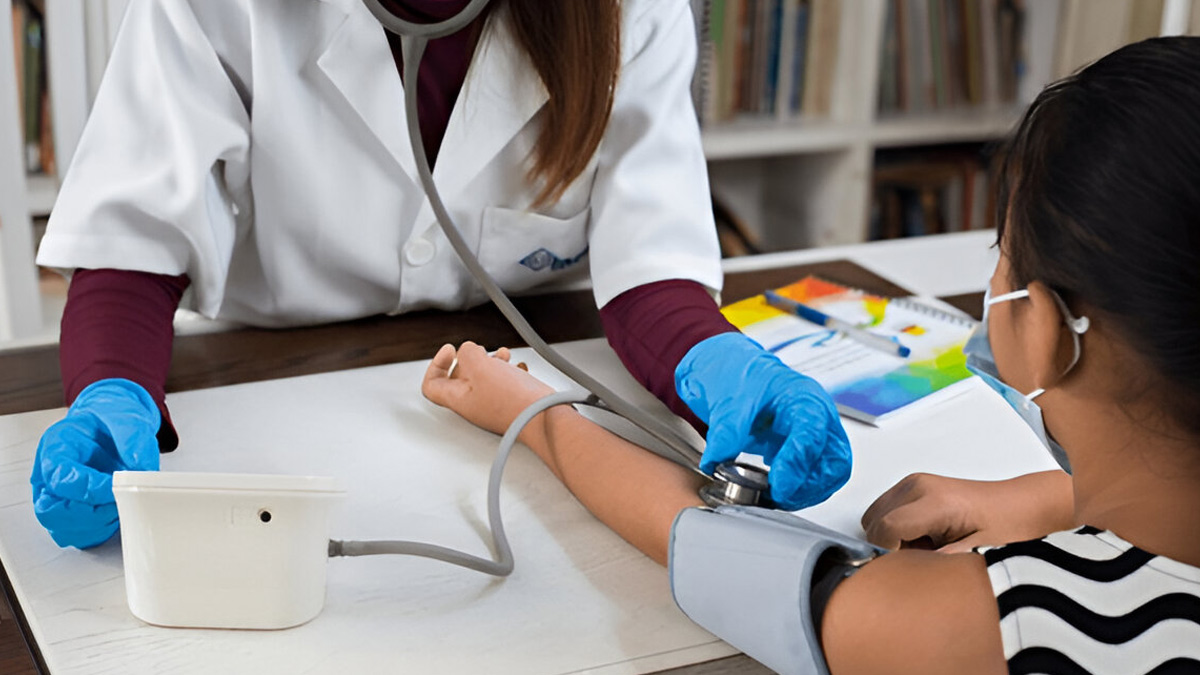
It doesn’t always start with a headache. There’s no guaranteed warning. No tell-tale sign. And yet, an increasing number of young professionals in their 20s and 30s are living with dangerously high blood pressure, without knowing it.
Table of Content:-
Hypertension was once considered a concern for middle-aged individuals. Today, that timeline is shifting fast. Long work hours, erratic eating habits, poor sleep, high stress, and stimulant use are creating a silent health crisis in urban India. What’s more troubling is that this isn’t always the 'visible' kind of hypertension picked up during a casual clinic visit. A growing number of cases fall under what's known as masked or invisible hypertension, where readings appear normal in a doctor’s office but remain elevated through most of the day.
We spoke to Dr Chaitanya Challa, Senior Consultant, General Medicine, CARE Hospitals, Banjara Hills, Hyderabad, who explained invisible hypertension, its symptoms, why it goes undiagnosed, and its treatment measures.
Why It Goes Undetected

“Masked hypertension is often missed because routine checkups alone may not capture the full picture. Blood pressure fluctuates based on time of day, activity, emotional state, and even posture. A quick reading in a calm setting might suggest everything is fine, while the body continues to operate under strain the rest of the time,” said Dr Challa.
According to the Journal of Clinical Hypertension, the prevalence in the general population is roughly comparable to that of isolated office hypertension; approximately 1 in every 7 or 8 individuals with a normal blood pressure reading in the office may belong to this group.
Devices like ambulatory blood pressure monitors or home BP machines offer a more complete view. However, they are not commonly used unless someone is already being evaluated for known heart risks. As a result, many young adults continue their lives unaware that their hearts are working harder than they realise.
Also Read: Here's How To Differentiate Between Hypertension Headache And Normal Stress Headache! Expert Shares
The Risks Are Real, Even Without Symptoms
Undiagnosed high blood pressure doesn’t just sit idly. Over time, it quietly affects major organs: the heart, kidneys, brain, and eyes. It increases the risk of heart attacks, stroke, vision changes, and even cognitive decline later in life.
“In younger individuals, the damage often builds silently. They may feel healthy, look fit, and lead active lives, while the blood vessels gradually stiffen and the heart muscles enlarge. The absence of symptoms is misleading, and by the time complications appear, it’s often well into advanced disease,” added Dr Challa.
Office Culture and the 24/7 Lifestyle
Many contributing factors are woven into the modern workday. Skipping meals, relying on caffeine, lack of physical movement, and high-stress deadlines all add up. For those working in high-demand sectors, including technology, media, or finance, the body remains in a constant state of low-grade alert, elevating blood pressure even at rest.
Additionally, poor sleep hygiene, late-night screen exposure, and frequent travel prevent the body from fully resetting. The nervous system stays active, and blood pressure doesn’t get the chance to settle down.
Who Should Be Worried?

Young adults with a family history of hypertension, heart disease, or diabetes are already at higher risk. Smokers, heavy caffeine users, and those leading sedentary lifestyles should also pay closer attention. But even those who eat reasonably well and exercise regularly aren’t immune, especially if they are dealing with chronic stress or irregular sleep.
Feeling 'fine' isn’t a reliable marker. Neither is age. What matters is whether the body is silently showing signs of strain, and that requires checking.
Also Read: What Is Postpartum Hypertension? Find Out The Causes And Prevention For It After Child Birth
What Can Be Done Now
- Regular blood pressure monitoring at home is a useful habit, even for those under 40. A digital monitor, used at the same time each day and under similar conditions, can offer far more insight than an occasional clinic visit. Patterns matter more than single readings.
- Lifestyle adjustments also go a long way. Prioritising sleep, reducing screen time after dark, managing work stress, limiting caffeine and processed salt, and finding time to move during the day, even if it’s just a walk, can all reduce risk.
- When needed, medication can be started early and adjusted gradually. The idea isn’t to begin lifelong treatment, but to bring the body back into a safe zone before permanent damage sets in.
Looking Well Isn’t the Same as Being Well
“The biggest misconception around hypertension is that it always looks like something. It comes with visible stress or poor fitness. However, for many young people today, it’s invisible. It hides behind ambition, behind long hours, behind the rush to keep up,” concluded Dr Challa.
High blood pressure in youth isn’t just a warning sign for later life; it’s a medical issue now. The sooner it's caught, the easier it is to treat. A simple reading could mean the difference between silent damage and a manageable future.
[Disclaimer: This article contains information provided by an expert and is for informational purposes only. Hence, we advise you to consult your professional if you are dealing with any health issue to avoid complications.]
Also watch this video
How we keep this article up to date:
We work with experts and keep a close eye on the latest in health and wellness. Whenever there is a new research or helpful information, we update our articles with accurate and useful advice.
Current Version